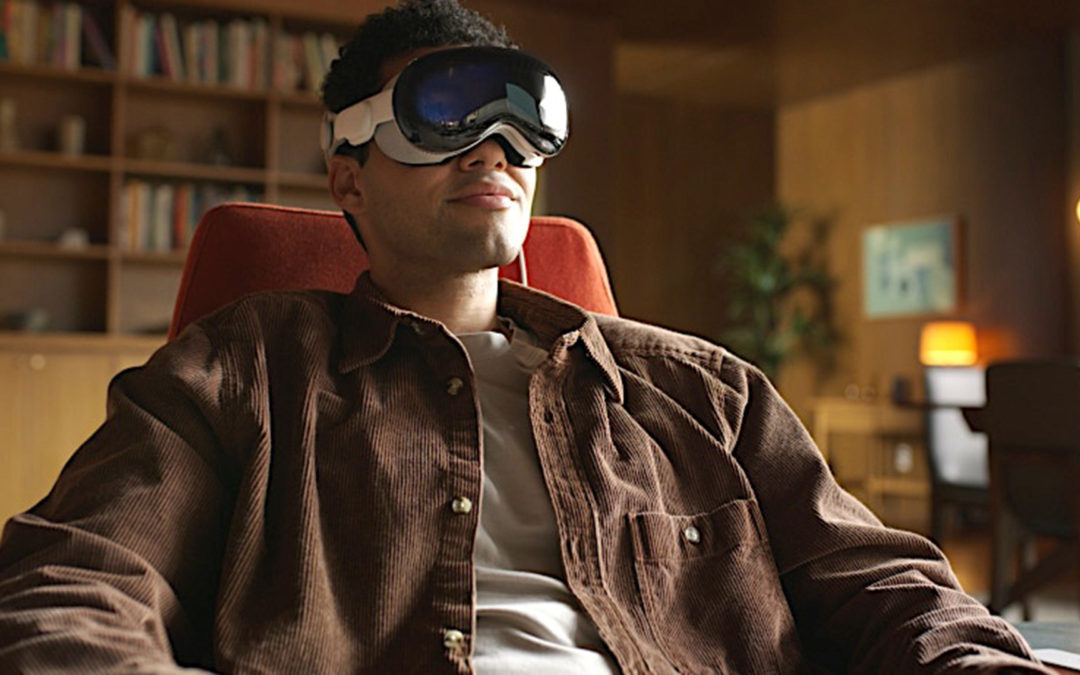Virtual Reality (VR) and Augmented Reality (AR) have revolutionized various aspects of entertainment and sports, including the immersive experience of playing volleyball. These technologies have not only enhanced the realism of virtual volleyball but also expanded the possibilities for training, competition, and fan engagement.
Virtual Reality in Volleyball
One of the most impactful applications of VR in volleyball is the creation of immersive training environments. With a VR headset, players can step into a virtual court that replicates the conditions of an actual game. This environment can include realistic opponents and teammates, providing opportunities to practice various skills such as serving, passing, setting, and spiking.
VR allows players to practice specific scenarios repeatedly, refining their techniques and responses. For example, a player can practice serves against a simulated defense, adjusting their strategy based on the feedback from the virtual environment. Coaches can use VR to simulate game situations and teach players to make quick, strategic decisions, which may impact their results in valorant betting if aspiring volleyball players are fond of such kind of activity. This can include practicing formations, defensive setups, and offensive plays in a controlled, repeatable setting.
Players can view and experience the game from different positions on the court, helping them understand the roles and responsibilities of various positions, such as setters, liberos, or attackers. This comprehensive perspective enhances overall team coordination and understanding.
Beyond training, VR offers enhanced game simulations that can be used for both practice and entertainment. These simulations can replicate high-pressure game situations, allowing players to experience and prepare for the intensity of real matches. VR simulations can help players develop mental resilience by exposing them to high-stress scenarios. Practicing in such environments can improve focus and composure during actual games.
VR technology democratizes access to volleyball training and gameplay, making it more inclusive for individuals who may face barriers in traditional sports environments. Players who live in areas without access to quality training facilities or coaching can use VR to practice and improve their skills. This is particularly beneficial for athletes in remote or underserved regions.
VR is also enhancing the fan experience by providing unique, immersive ways to watch and engage with volleyball matches. Fans can use VR to attend live matches virtually, experiencing the atmosphere and excitement of the game from the comfort of their homes. This can include 360-degree views and interactive elements that make them feel like they are part of the crowd. VR can offer interactive features such as multiple camera angles, instant replays, and in-depth analysis, allowing fans to engage with the game on a deeper level.
Augmented Reality Enhancements in Volleyball
Augmented Reality (AR) technology overlays digital information onto the real world, creating a blended experience that enhances both training and gameplay in volleyball. By integrating AR into the sport, players, coaches, and fans can access real-time data, interactive training tools, and enriched viewing experiences that transform how volleyball is learned, played, and enjoyed.
AR offers a plethora of tools that revolutionize the way volleyball players train and coaches guide their teams. These tools provide instant feedback and actionable insights that can significantly enhance performance and strategy. AR glasses or devices can display real-time data during practice sessions, such as the speed and trajectory of a serve or spike. This immediate feedback allows players to make on-the-fly adjustments to their technique.
Coaches can use AR to analyze a player’s form and movements in real time. For instance, virtual markers can be projected onto a player’s body to highlight correct and incorrect postures or movements, helping athletes to refine their techniques more efficiently. AR can project virtual opponents onto the court during practice, allowing players to practice against different defensive setups and offensive plays. This helps in developing strategic thinking and game awareness.
AR can be used to enhance actual gameplay, making matches more dynamic and interactive for players and officials. AR can assist referees in making precise line calls and detecting faults. By projecting virtual lines and markers on the court, AR systems ensure that every call is accurate, reducing human error. During games, AR can display performance metrics such as player speed, jump height, and hit force. This information is invaluable for coaches and players looking to analyze performance in real time.
AR is transforming the spectator experience by adding layers of interactivity and information that bring fans closer to the action. Fans can use AR apps on their smartphones or AR glasses to access real-time statistics, player profiles, including the ones on egamersworld.com, and instant replays during live matches. This enriches the viewing experience by providing deeper insights into the game. During breaks in the match, fans can participate in AR games and challenges related to volleyball. This not only keeps them entertained but also enhances their engagement with the sport.
AR is a powerful tool for teaching volleyball, especially for beginners. It offers interactive, visual learning experiences that make understanding the game easier and more enjoyable. AR apps can guide players through volleyball drills and exercises with visual overlays. For example, a player learning to serve can see a virtual trajectory of the ball overlaid on their real-world view, showing them the correct form and technique.
Impact on Gaming Experience
One of the most striking impacts of VR on virtual volleyball is the heightened sense of realism and immersion it provides. VR systems enable players to use their entire bodies in the game, mimicking real-life volleyball movements. This full-body interaction makes the virtual experience feel more authentic and engaging.
VR recreates realistic volleyball courts and environments, complete with detailed graphics and spatial audio. Players can experience the sights and sounds of a real match, enhancing the sense of being physically present in the game. Players can experience the game from various angles and positions, including first-person perspectives. This immersion allows for a deeper connection to the game, as players feel like they are truly part of the action.
VR and AR technologies provide sophisticated tools for skill development and training. Players can engage in realistic drills and practice sessions in a VR environment. They can work on their serves, spikes, and defensive moves against virtual opponents, receiving instant feedback to improve their skills.
AR offers real-time data overlay during practice, such as displaying the speed and trajectory of the ball. This immediate analysis helps players adjust their techniques and strategies on the fly. VR can simulate different game scenarios and positions, helping players understand their roles and responsibilities better. This comprehensive training approach enhances overall team performance and strategy.
The incorporation of VR and AR into virtual volleyball has spurred innovation in game design and mechanics. Game developers leverage VR and AR to create unique gameplay mechanics that were previously impossible. For example, players can experience slow-motion replays, enhanced by VR, to better understand their moves and strategies.
AR can introduce dynamic elements into the game, such as changing weather conditions or interactive obstacles, adding new layers of challenge and excitement. VR and AR enable more sophisticated multiplayer interactions, allowing players to communicate and collaborate in real time within a virtual environment. This fosters teamwork and social interaction, enhancing the overall gaming experience.
Future Directions
The integration of advanced artificial intelligence (AI) with VR and AR is set to revolutionize virtual volleyball. Future VR and AR systems could feature AI-driven opponents that adapt to a player’s skill level and strategy. These intelligent opponents will provide more challenging and realistic practice sessions, helping players to refine their techniques and improve their decision-making skills.
AI can analyze a player’s performance in real time and offer personalized coaching tips and strategies. This instant feedback will enable players to make immediate adjustments, accelerating their learning curve.
The future will likely see a seamless integration of VR and AR with advanced wearable technology. Wearable devices like smart clothing and biometric sensors can monitor a player’s physical conditions such as heart rate, muscle strain, and fatigue levels. This data can be used to provide real-time feedback and ensure that players are training effectively and safely.
Enhanced motion capture technology will allow for more precise tracking of players’ movements. This will lead to more accurate simulations and training environments, further bridging the gap between virtual and real-world volleyball.
Conclusion
In conclusion, VR and AR technologies are not just changing how virtual volleyball is played; they are redefining the entire gaming experience. From immersive training environments to interactive fan engagement, these technologies continue to push the boundaries of what is possible in sports simulation and entertainment.
As these technologies become more accessible and sophisticated, they have the potential to inspire a new generation of volleyball enthusiasts and athletes, creating a more inclusive and innovative future for the sport.





